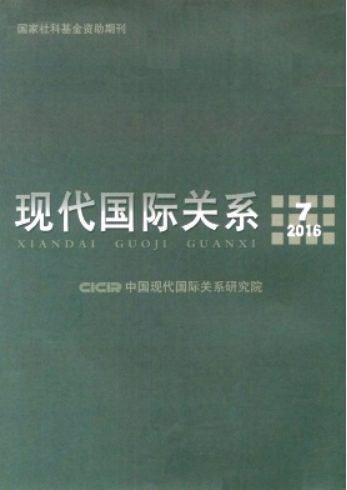
[Author] Qi Haotian
[Publisher and date] Modern International Relations, July, 2016
[Abstract] This paper discusses the tactical and strategic relevance of THAAD in Northeast Asia, as well as the strategic impact of U.S. missile defense systems, from the angle of U.S. global missile defense arrangements. Based on my calculations and analysis, I agree with the argument that deploying THAAD system and its AN / TPY-2 radar in Korean Peninsula will help the U.S. offset China's strategic capability. To deploy AN / TPY-2 even closer to China increases the effectiveness of the U.S. global missile defense system. Nevertheless, China is not the sole consideration behind a future deployment of THAAD in South Korea. This deployment is a part of the full spectrum arrangements and planning of U.S. global missile defense. These arrangements will further complicate relevant parties' calculations and maneuvering of deterrence and defense. It may lead to and exacerbate arms race,and even give rise to strategic miscalculations.
[Additional Information] DOI:CNKI:SUN:XDGG.0.2016-07-003
